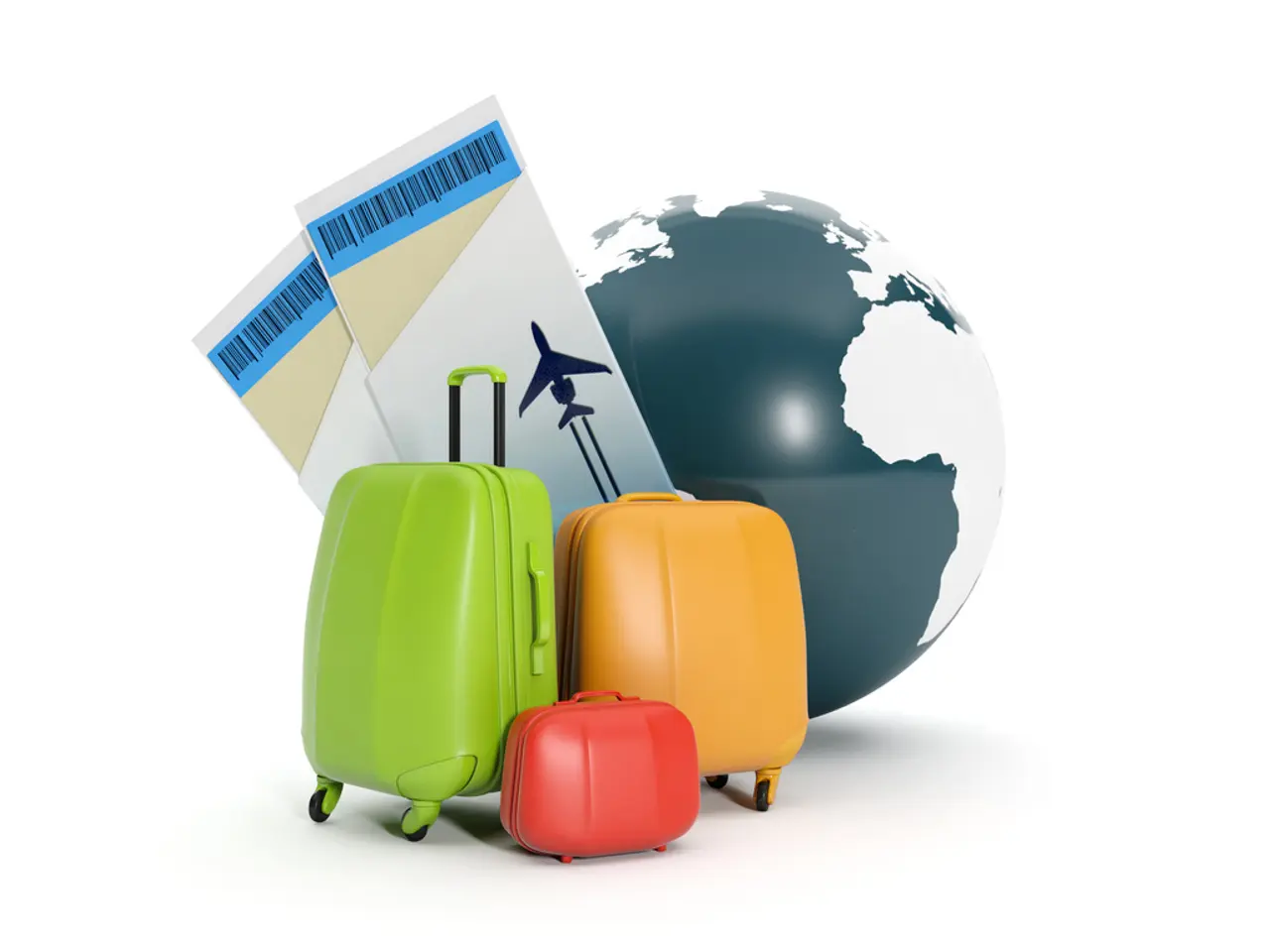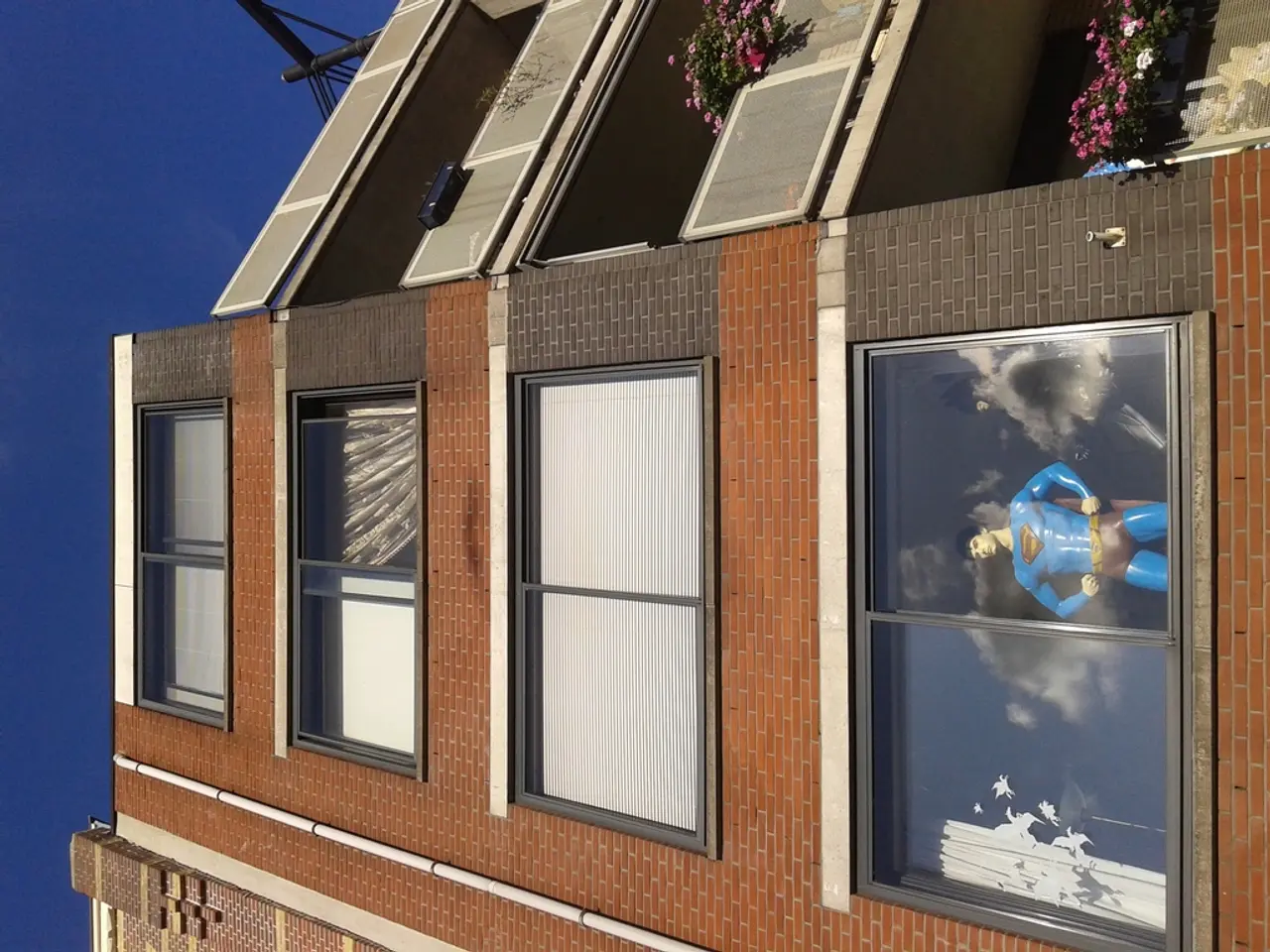Streamlined Soaring - Comprehensive Minimalist Packing Strategy for Frequent Aviators
For those who travel frequently, streamlined packing can make all the difference. By prioritizing essential items, using smart packing techniques, and making thoughtful choices about what to bring, travelers can optimize their carry-on luggage and enjoy a stress-free journey.
Firstly, focus on multi-purpose items. Analyze the mileage each item will get and only bring what you truly need. Favor layering clothes over bulky pieces like heavy coats, and choose versatile clothes that can be mixed and matched. Items like a poncho that doubles as an umbrella or a sarong that can be a blanket or cover-up are ideal.
Smart packing techniques can also help maximize space. Roll clothes tightly instead of folding to save space and reduce wrinkles. Start with bulkier items at the bottom and lighter items on top for organization. Use packing cubes or compression bags to group similar items and compress bulky things like jackets or towels, freeing up more room. Fill smaller gaps with socks inside shoes or smaller accessories inside sunglasses cases to keep things neat and compact.
Limit shoes and accessories to only a few pairs that serve multiple functions. Footwear should be versatile, selecting a pair of comfortable, stylish shoes that can transition from day to night. Accessories like scarves or statement necklaces are lightweight and can elevate outfits without taking up much space.
Manage toiletries and liquids thoughtfully. Bring travel-sized toiletries and keep them in a clear quart bag for TSA compliance. Consider buying items at your destination if possible. Adhere to the 3-1-1 rule for liquids (3.4 oz per container, 1 quart-sized bag).
Choose lightweight luggage and bags. Consider lightweight carry-on bags or backpacks designed for travel that have minimal empty weight. A packable daypack can complement your main carry-on for day trips and additional storage without much weight penalty.
Plan laundry and fabric choices. Doing laundry frequently allows you to pack fewer clothes and keep your luggage light. Pack clothes in breathable, quick-dry, and wrinkle-resistant fabrics such as merino wool or synthetic blends to stay comfortable without needing excess changes or bulky items.
Stay organized and clutter-free. Use mesh bags for small gadgets and organize by category for easy access. Follow advice from experienced travelers or flight attendants who specialize in efficient packing.
By following these practices, frequent flyers can travel lighter, avoid checked-bag fees, move faster through airports, and enjoy more freedom during travel. A neutral color palette increases outfit combination possibilities by up to 50%, aiding in efficient packing. A base layer made of moisture-wicking fabric can regulate temperature and keep you comfortable. A compact case secures electronics in a slim pouch that fits within your carry-on, allowing for quick access during security checks.
A survey indicated that 70% of frequent travelers reported reduced stress levels when using packing organizers. Opting for a versatile smartphone that can handle photography, navigation, and communication reduces the need for multiple gadgets. Solid alternatives, like solid shampoo bars, can save packaging weight while offering the same number of washes as their liquid counterparts. Consolidating device options can reduce bulk significantly and address varied needs effectively.
The TSA allows a maximum of 3.4 ounces per container for liquids, meaning you can carry enough for routine use while complying with regulations. A lightweight scarf can serve multiple purposes: as a blanket, an added layer for warmth, or even a fashion accessory. 25% of passenger delays are due to non-compliance with security protocols. Layering is favored by 65% of active travelers for its adaptability across different environments.
Wireless Bluetooth headphones take up less space without dealing with tangled cords, making them a practical choice for audio needs. Footwear should also be versatile, selecting a pair of comfortable, stylish shoes that can transition from day to night. Devices should be charged before departure to ensure functionality. Maximum cabin baggage weight typically ranges between 7 kg to 10 kg.
Remember to check individual airline specifics for the dimensions of cabin baggage, as they may vary. Rolling clothes can save up to 30% more space in luggage compared to traditional folding. Laptops and larger electronics must be removed from bags during security screening. Transit security rules may vary for connecting flights; always check regulations for the next leg of the trip.
Storing files in the cloud allows access to important documents on any device, minimizing the need for carrying laptops or tablets. A universal power adapter works across different regions, avoiding the need to pack several country-specific plugs. For outerwear, choose a packable, waterproof shell that protects against sudden weather changes while being easy to stow. A high-capacity power bank provides multiple charges for devices, cutting down the need for extra chargers.
By adhering to these practices, frequent flyers can travel more efficiently, saving time, money, and reducing stress. Happy travels!
[1] https://www.thepointsguy.com/guide/minimalist-packing-for-frequent-travelers/ [2] https://www.condeco.com/blog/minimalist-packing-tips-for-frequent-travelers/ [3] https://www.travelandleisure.com/style/packing-tips/minimalist-packing-tips [4] https://www.realsimple.com/life/travel-leisure/packing-minimalist-packing-list
- To streamline your travel and complement a minimalist lifestyle, opt for versatile clothes that can be mixed and matched, such as a poncho which doubles as an umbrella or a sarong that functions as a blanket or cover-up.
- By practicing smart packing techniques like rolling clothes tightly, utilizing packing cubes or compression bags, limiting shoes and accessories, and consolidating devices, you can maximize space, reduce stress, and optimize your travel experience.




